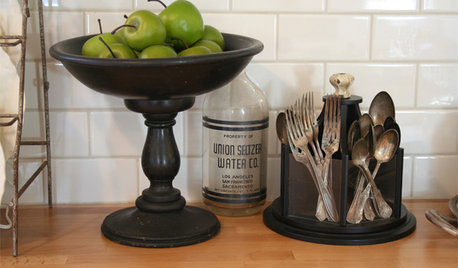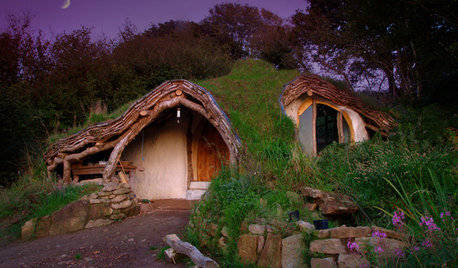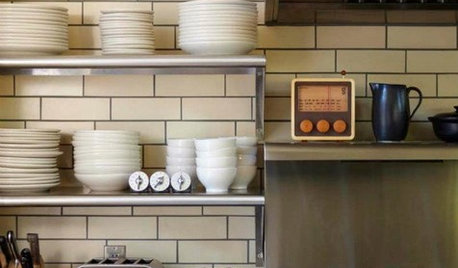cobs?
pnbrown
14 years ago
Related Stories

KITCHEN DESIGNGet Organized: Rethink the Silverware Drawer
Keep your knives and forks clean and organized with two easy storage ideas
Full Story
MOST POPULAREasy Green: 23 Ways to Reduce Waste at Home
Pick from this plethora of earth-friendly ideas to send less to the landfill and keep more money in your pocket
Full Story
MEDITERRANEAN STYLEHouzz Tour: A Modern Take on Southwest Style
A designer updates a classic adobe home with lighter furnishings, fresh finishes and complementary ethnic motifs
Full Story
REMODELING GUIDES5 Ways DIY Remodels Get Derailed — and How to Deal
Keep your remodel on track by knowing the potential pitfalls ahead of time
Full Story
FUN HOUZZ4 Hobbit Houses Bring Charm to the Landscape
These quirky outposts look like they sprung up from fantasyland grass — or a movie set. Take a peek inside
Full Story
DECORATING GUIDESSo Your Style Is: Green
Way beyond a hue on a paint chip, green means a healthy home with a unique style designed around sustainability
Full Story
KITCHEN DESIGNCreate Your Own Checklist for a Well-Stocked Kitchen
Personalize the kitchen with your own must-haves from our list of top cooking tools, small appliances, pots, pans and more
Full Story
GREEN BUILDINGWhy You Might Want to Build a House of Straw
Straw bales are cheap, easy to find and DIY-friendly. Get the basics on building with this renewable, ecofriendly material
Full Story
LIGHTINGThe Lowdown on High-Efficiency LED Lighting
Learn about LED tapes, ropes, pucks and more to create a flexible and energy-efficient lighting design that looks great
Full Story
EDIBLE GARDENSSummer Crops: How to Grow Tomatoes
Plant tomato seedlings in spring for one of the best tastes of summer, fresh from your backyard
Full Story


digdirt2
dgkritch
Related Discussions
Cob Home -Michigan
Q
Preparing sweetcorn on cob for drying
Q
What price corn on the cob
Q
Corn 2nd cob growth
Q
ksrogers
malna
ksrogers
annie1992
pnbrownOriginal Author
ksrogers
melva02
digdirt2
ksrogers
digdirt2
ksrogers
pnbrownOriginal Author
digdirt2
ksrogers
annie1992
malna
ksrogers
pnbrownOriginal Author
jonas302
ksrogers
pnbrownOriginal Author
ksrogers
pnbrownOriginal Author
annie1992
ksrogers
pnbrownOriginal Author
annie1992
ksrogers
pnbrownOriginal Author
annie1992
ksrogers